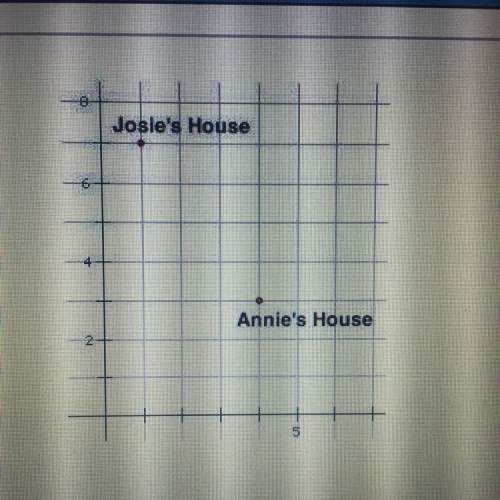
Mathematics, 17.02.2020 20:13 Fetty1738
Suppose that a city has 90,000 dwelling units, of which 35,000 are houses, 45,000 are apartments, and 10,000 are condominiums.
a. You believe that the mean electricity usage is about twice as much for houses as for apartments or condominiums, and that the standard deviation is proportional to the mean so that S1 = 2S2 = 2S3. How would you allocate a stratified sample of 900 observations if you wanted to estimate the mean electricity consumption for all households in the city?
b. Now suppose that you take a stratified random sample with proportional allocation and want to estimate the overall proportion of households in which energy conservation is practiced. If 45% of house dwellers, 25% of apartment dwellers, and 3% of condomium residents practice energy conservation, what is p for the population? What gain would the stratified sample with proportional allocation offer over an SRS, that is, what is Vprop (Ṕstr) / VSRS (ṔSRS)?

Answers: 1


Another question on Mathematics

Mathematics, 21.06.2019 14:30
Mr switzer needs to buy new 1-foot tiles to cover his bathroom floor. the floor is 12 feet long and 8 feet wide. each square foot of tile will cost $1.79. in dollars what will be the total cost of the tiles he needs to buy.
Answers: 3

Mathematics, 21.06.2019 18:20
What is the y-intercept of the line given by the equation
Answers: 2

Mathematics, 21.06.2019 22:00
Onnie is considering doing some long term investing with money that she inherited. she would like to have $50,000 at the end of 30 years. approximately how much money would lonnie need to put into an account earning 6% interest compounded annually in order to meet her goal?
Answers: 1

Mathematics, 21.06.2019 22:30
Given the system of equations presented here: 2x + 4y = 14 4x + y = 20 which of the following actions creates an equivalent system such that, when combined with the other equation, one of the variables is eliminated? multiply the second equation by â’4 to get â’16x â’ 4y = â’80 multiply the second equation by â’1 to get â’4x â’ y = â’20 multiply the first equation by 2 to get 4x + 8y = 28 multiply the first equation by â’1 to get â’2x â’ 4y = â’14
Answers: 1
You know the right answer?
Suppose that a city has 90,000 dwelling units, of which 35,000 are houses, 45,000 are apartments, an...
Questions


Mathematics, 01.12.2021 22:10



English, 01.12.2021 22:10


Biology, 01.12.2021 22:10

Biology, 01.12.2021 22:10

Mathematics, 01.12.2021 22:10




Mathematics, 01.12.2021 22:10




Mathematics, 01.12.2021 22:10

History, 01.12.2021 22:10

Mathematics, 01.12.2021 22:10





